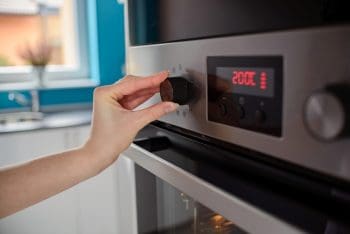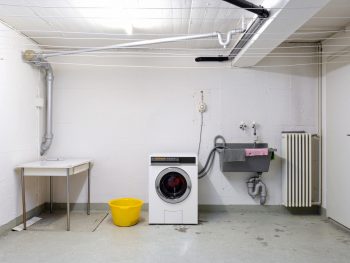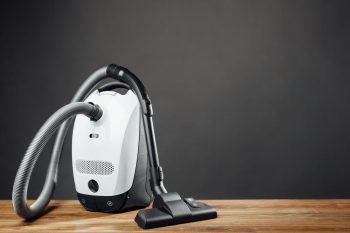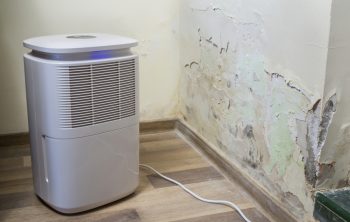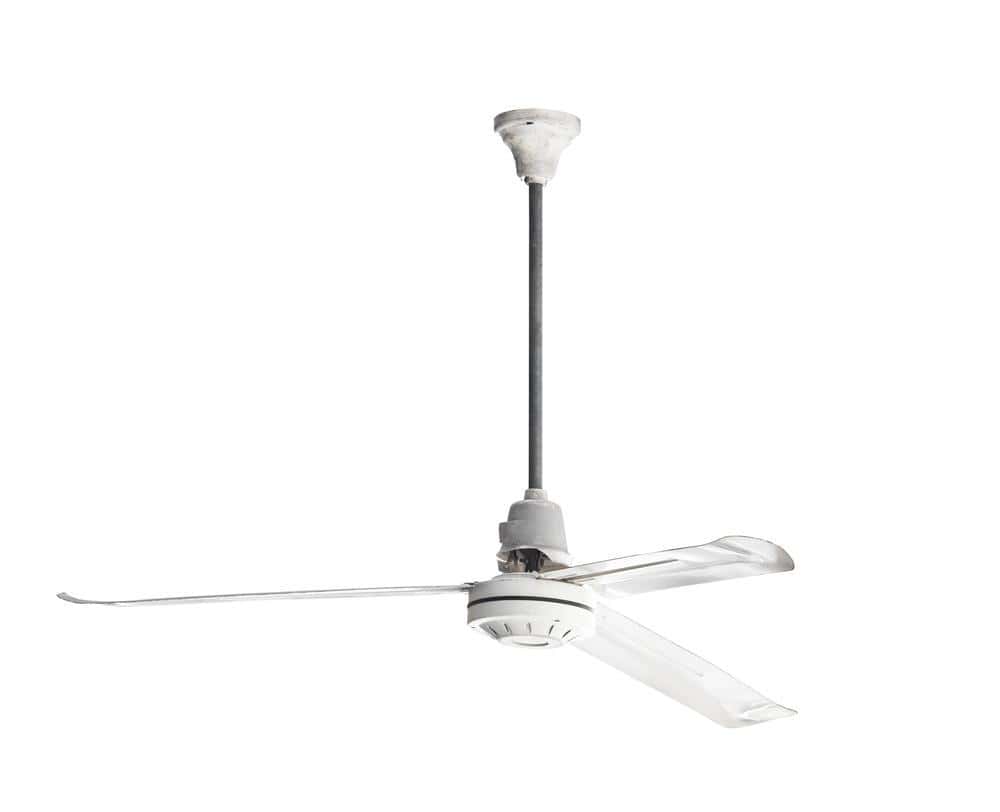
A ceiling fan is an essential household appliance that provides cooling and ventilation. However, like any other appliance, it can also break down over time. One of the most common issues homeowners face with their ceiling fans is a faulty motor. As a homeowner, knowing how to fix a ceiling fan motor can save you time and money. This comprehensive guide will walk you through the process step by step, including all the necessary precautions, tools, and tips needed to get your fan back up and running.
To fix a ceiling fan motor, first identify the problem by looking for signs such as unusual noises, wobbling, or issues with fan speed. Gather necessary tools like a ladder, screwdriver, wire strippers, multimeter, and replacement parts. Before starting, ensure you’ve taken safety precautions such as turning off the power and wearing protective gear. Diagnose the issue by checking the power supply, wiring, motor, and fan blades. Fix the motor by inspecting and repairing the wiring, cleaning the ball bearings, replacing the capacitor, and checking the motor temperature. If the problem persists or seems complex, it’s best to call a professional.
Identifying the Problem
Before we dive into the steps to fix a ceiling fan motor, it’s important to understand the signs that indicate your motor may need fixing. Some of these signs include:
- The fan produces loud, unusual noises.
- The blades or the fan itself start to wobble.
- The fan doesn’t respond when you switch it on or off.
- The speed of your fan isn’t what it used to be, even at its fastest setting.
- The fan keeps having problems even after repairs.
- The motor housing feels hot after running for about 10 minutes.
- You flip the switch and hear a loud humming sound without the fan moving.
If you notice any of these signs, it’s best to consult a professional electrician or the fan’s manufacturer for assistance in diagnosing and fixing the issue.
Tools and Materials
To fix a ceiling fan motor, you will need the following tools and materials:
- Step ladder or sturdy platform
- Screwdriver set (flathead and Phillips)
- Wire strippers
- Wire nuts and Electrical tape
- Replacement parts
- Multimeter
- Small washers
- Wrench
In addition to these tools and materials, you should also follow safety precautions when dealing with home electrical systems. If you’re uncomfortable or unsure about working with electrical components, it’s best to hire a licensed electrician to handle the repair for you.
Safety Precautions
Before attempting to fix a ceiling fan motor, it is essential to take the following safety precautions:
- Turn off the power.
- Use a step ladder or sturdy platform.
- Wear protective gear.
- Inspect the fan before starting.
- Consult a licensed electrician if unsure.
- Follow the manufacturer’s instructions.
- Use the appropriate tools.
- Do not touch the motor section during operation or immediately after stopping operation.
- Do not attempt to disassemble, repair, or alter the fan in any way without proper knowledge or expertise.
Diagnosing the Issue
Diagnosing the exact issue with a ceiling fan motor involves a series of steps to identify the root cause of the problem. Here are some steps you can follow:
- Check the power supply.
- Inspect the wiring.
- Check for motor issues.
- Examine the fan blades.
- Look for noise or vibration.
- Check the speed control.
- Inspect the remote control.
Fixing the Fan Motor
Now, let’s get into the steps to fix the ceiling fan motor:
- Check the power supply and the switch.
- Inspect the fan’s wiring.
- Check the fan’s motor power.
- Inspect nearby wires for damage.
- Check the fan’s motor shaft.
- Clean the ball bearings.
- Replace the ceiling fan capacitor.
- Check the motor temperature.
- Replace the ceiling fan motor.
Preventing Future Damage
To prevent future damage to your ceiling fan motor, you can follow these steps:
- Regular inspection.
- Proper installation.
- Voltage regulation.
- Cleaning.
- Lubrication.
- Check ball bearings.
- Check capacitator.
- Check speed regulator.
When to Call a Professional
Deciding when to call a professional instead of attempting a DIY fix depends on several factors, including the complexity of the project, your skill level, the potential for injury or damage, and the time and cost involved. Here are few scenarios when it’s time to call a professional:
- The project is complex and requires specialized knowledge or skills.
- There’s a risk of injury to yourself or damage to your property.
- The project is time-consuming and you have other priorities.
- The work requires permits and adherence to local codes and ordinances.
- You’re planning to sell your home or want a high-quality finish.
In conclusion, while DIY projects can be rewarding and cost-effective for simple tasks or if you have the necessary skills and experience, it’s often safer and more efficient to hire a professional for complex, risky, or time-consuming projects. Always evaluate your situation carefully before deciding whether to DIY or hire a professional.
Frequently Asked Questions
What causes a ceiling fan motor to fail?
There are several reasons why a ceiling fan motor might fail. These include power supply issues, faulty wiring, worn-out parts, inadequate lubrication, and overheating. Regular maintenance and inspection can help prevent most of these issues.
How long should a ceiling fan motor last?
The lifespan of a ceiling fan motor largely depends on the quality of the fan and how well it’s maintained. However, on average, a ceiling fan motor should last between 10 to 15 years with regular use.
Can I oil my ceiling fan motor?
Yes, oiling a ceiling fan motor can help improve its performance and extend its lifespan. However, the process depends on the type of fan you have. Some models have oil ports for easy lubrication, while others are sealed and don’t require oiling. Always refer to your fan’s manual before attempting to oil the motor.
How can I tell if my ceiling fan capacitor is bad?
Signs of a bad capacitor in a ceiling fan include slow or no starting, the fan running only at certain speeds, or the fan motor humming but the blades not spinning. If you suspect a bad capacitor, it’s best to consult with a professional or replace it.
What happens if the ceiling fan is wobbling?
A wobbling ceiling fan can be caused by loose screws, bent blade brackets, or unbalanced blades. It’s important to address this issue promptly as a wobbling fan can lead to motor damage or even become a safety hazard. You can try tightening the screws or balancing the blades to fix the wobble. If these solutions don’t work, you might need to replace the fan.


